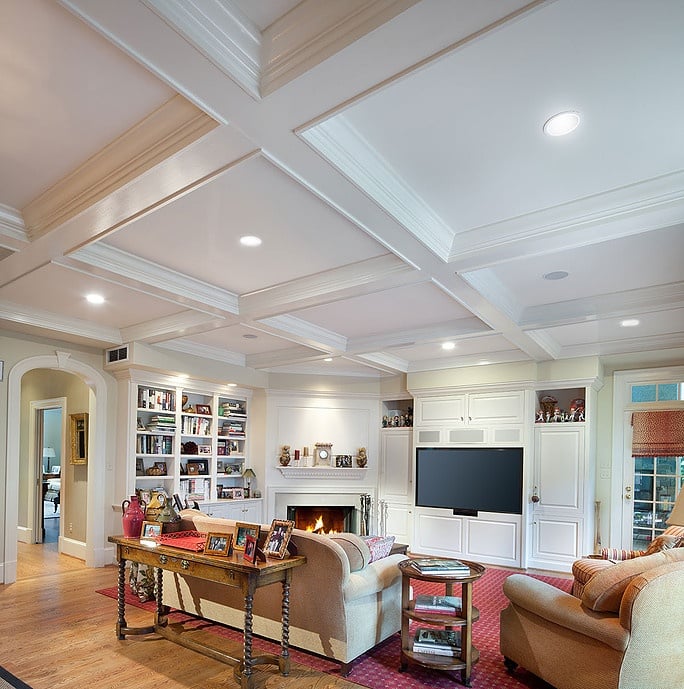
If you live in the Cleveland Park DC neighborhood and are considering a major home renovation project, you may have the opportunity to transform the way it feels to move through the rooms of your home by adjusting the floor plan.
Depending on your home’s age, your existing floor plan may have been laid out when we lived differently than how we live now. Flipping through the pages of reference books like the American Field Guide to American Houses gives us a look backward in time to see how home design and the basic layout of our homes has changed from one-room log cabins to our modern day multi-purpose kitchens and spa-like master suites.
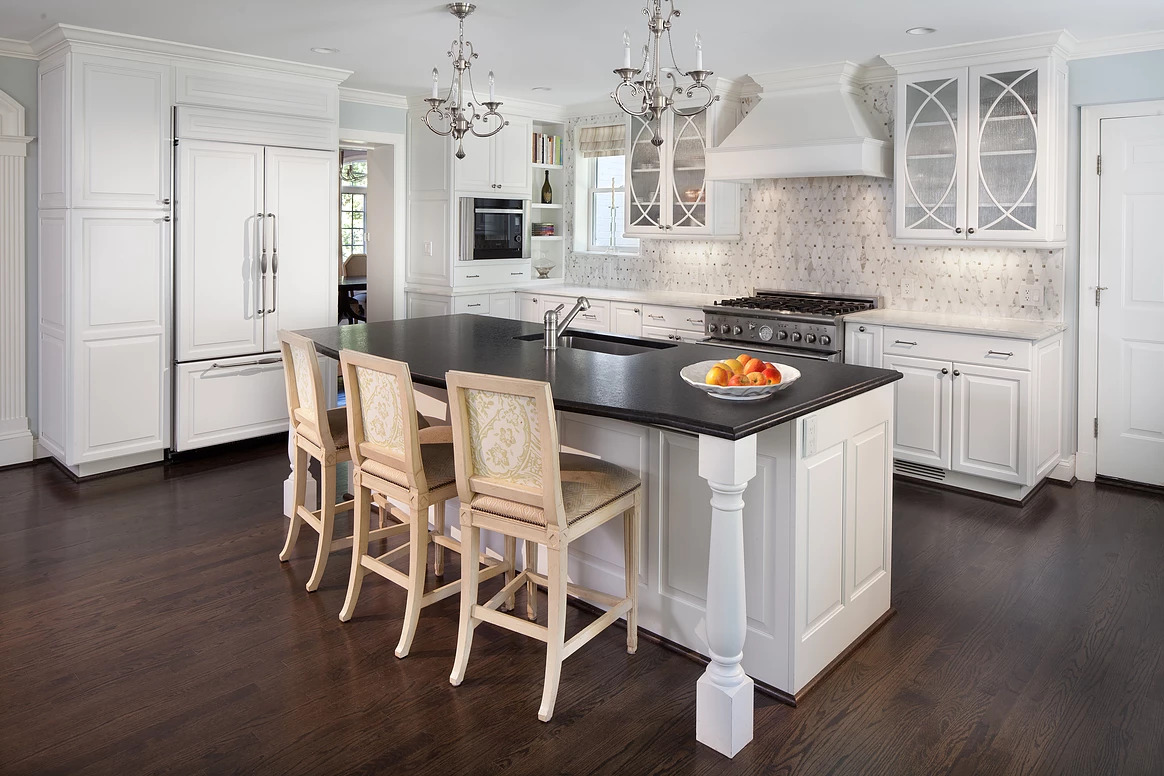
Modern Floor Plans: Togetherness + Privacy
Our floor plans have evolved because society has changed as family lifestyles have. Family life is more comfortable for everybody when a certain amount of privacy is added in the form of interior walls that create separate rooms for eating, sleeping, and recreation.
The spread of "pattern books" in the late 1800's provided homebuilders with inspiration and a graphic guide to what a house could look like. The railroad made it possible to ship building materials, windows, doors, tools, and entire dwelling kits all over the country.
Specific home designs and their floor plans took root in particular communities as builders imitated each other and recreated variations on a theme. In many cities on the east coast including the DC area, the row house sprang to life and was replicated thousands of times mostly due to its simple design. The row house as a type is more efficient than a detached single family home. It allows for more population density, and the economy of heat transference through shared walls.
The row house also gives us a familiar and somewhat problematic floor plan. Living room in front is usually connected to the rear of the home by a hallway, which is made even narrower by the placement of the stairs to the second floor. On, the first floor, typically a dining room sits behind the living room, and a small kitchen is walled off in the back of the house.
When cooking was not considered a social function, this arrangement worked well, but times have changed, and modern renditions of row house renovations usually start with major surgery. "It's a lifestyle choice," says Theo Adamstein, a design consultant and realtor for Sotheby’s International Realty, “they remove as many walls as possible because of a need for more interactive space.”
The desire to increase face time with the family has killed off several floor plan permutations along the way to modern living. Nobody is building split levels anymore even though the "half-story," "raised-ranch" configurations were quite popular for a while. Originally there was kind of a ‘gee-whiz' factor about them because it split the house into separate floor plans. Most splits put the main living areas on one level, the bedrooms, half a level up and sometimes a "rumpus" or family room on another level.
The Effect of Air Conditioning on Floor Plans in Home Design
Before air conditioning changed the way we live, work and play, “shotgun-style” houses were built in the deep south. Not all experts agree on how the type evolved, but the floor plan aligned the front and back doors, so they could both be opened to provide maximum ventilation. The colorful nickname referred to the fact that a shotgun could be fired through the front door and out the back without hitting any walls.
Floor plans in turn of the century homes in Cleveland Park and other urban communities across the county, featured "sleeping porches," a semi-enclosed space on the back of the house, connected to the main bedrooms where homeowners could get some relief from trying to sleep through the summer heat and humidity. Shotguns are back in vogue, but sleeping porches remain on the architectural sidelines.
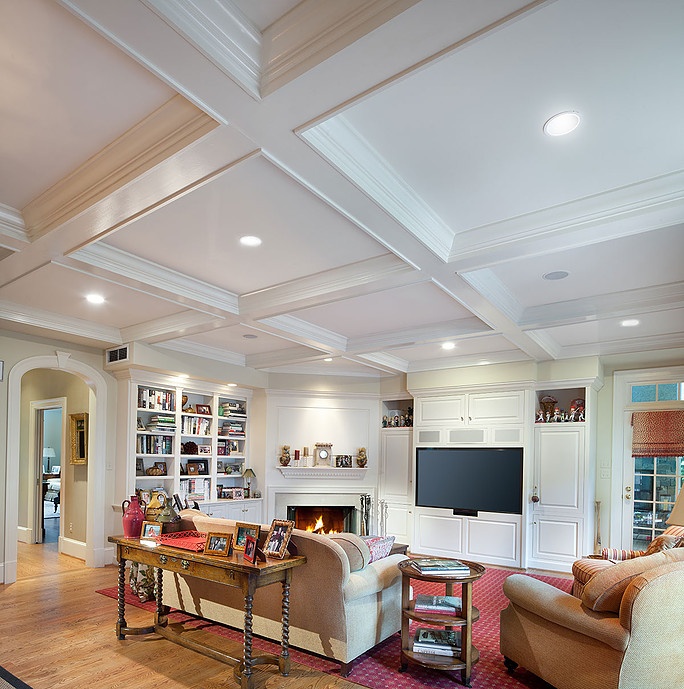
The Open Floor Plan: A Reaction to the Center Hall Colonial
The center hall colonial is another dominant and somewhat troubled floor plan leftover from the past – and the neighborhoods in and around Washington are full of them. "I've never been a fan of them," says Adamstein, "we worked on one where we completely blew it out and removed the staircase so that when you're walking into the house, you see a progression." Progression is easily achieved when you can see through a room to your next destination.
Center halls tend to limit flow and progression, turning rooms into poorly connected islands. As our kitchens have mutated into spaces where children do homework, meals are prepared, casual dining occurs, and office chores are completed, the island destination we call the formal dining room has suffered. "I personally like the formal dining room as long as you have something else for more casual gatherings," says Adamstein, "I don't think the dining room is needed for two people but if you're entertaining eight to ten, it's a more elegant setting."
The open floor plan remains one of the most popular floor plan innovations, and yet it could be argued that it is actually nothing new and takes us back to the one room, Medieval-style structures we used to inhabit. Open plans combine the kitchen, dining room and living room into one space that is unencumbered by walls. No matter what anybody is doing, interaction remains a possibility and yet, another innovation, the big-screen, wall-mounted, surround sound equipped television is making things very noisy for everybody.
Most people tend to want that openness, but they also like being able to close it off for sound. To reduce the noise, you can use features like pocket doors, or offset floor plans.
If you are getting ready to renovate the kitchen, update the master suite, or add on to your home, consider how your new floor plan will actually flow.
Making changes to the floor plan should be based on the conditions on the site, the budget and the clients conceived notions about how they want to use the space considering all the usual variables.
We at Gilday Renovations provide professional assistance in designing your floor plan. If the room to room flow inside your home doesn’t “feel” right, our architectural and interior designers have the expertise to pinpoint the trouble spots and the vision to reconfigure your interior space so that it functions perfectly with your lifestyle.
If you are considering a renovation, please reach out to us and meet with our experts about creating the home of your dreams.
And while you wait for that meeting date to arrive, get prepared for it by reading our eBook The Essential Elements of Renovating an Older Home.
8820 Brookville Road,
Silver Spring, MD 20910
© Gilday Renovations 2025
info@gilday.com


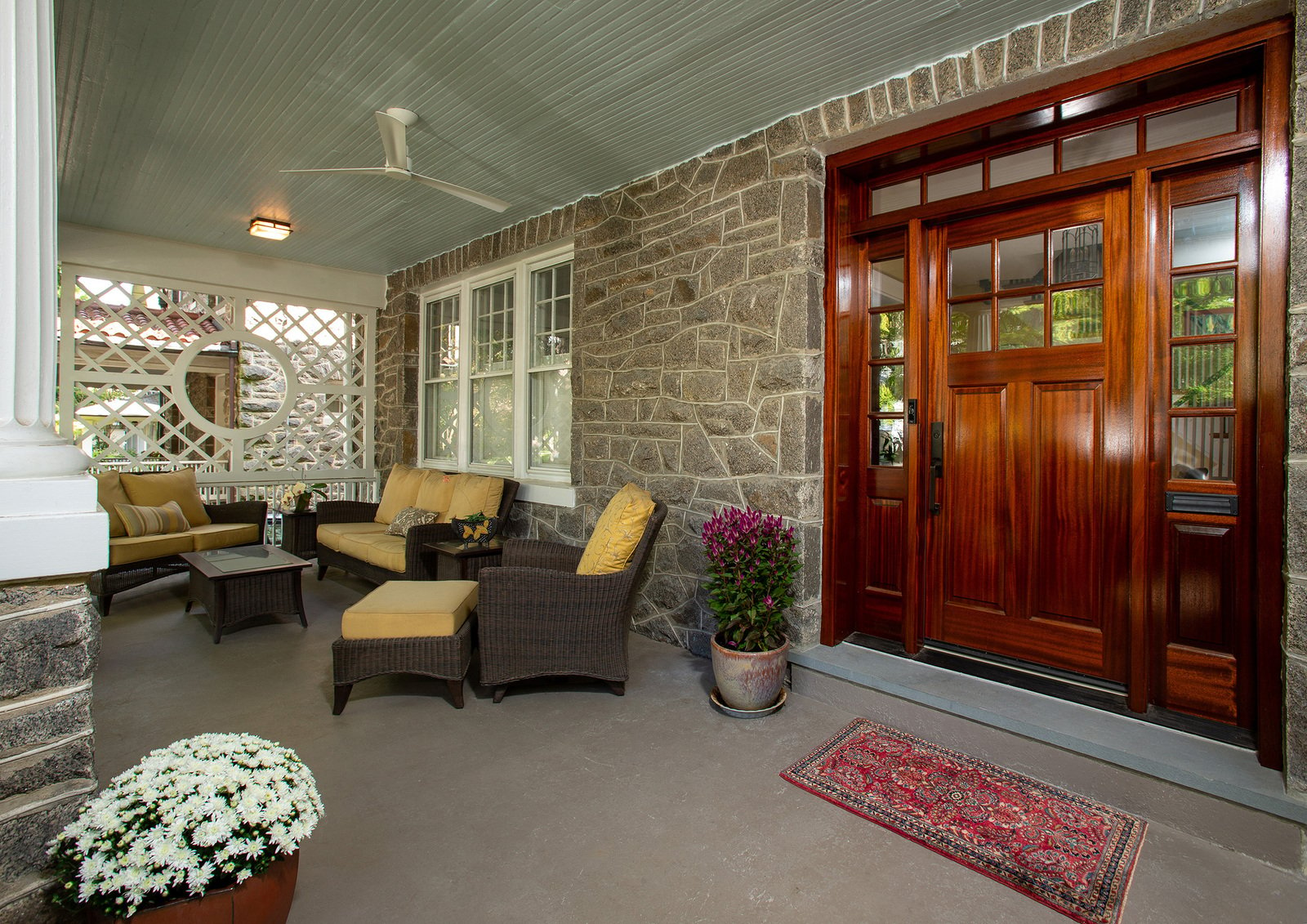
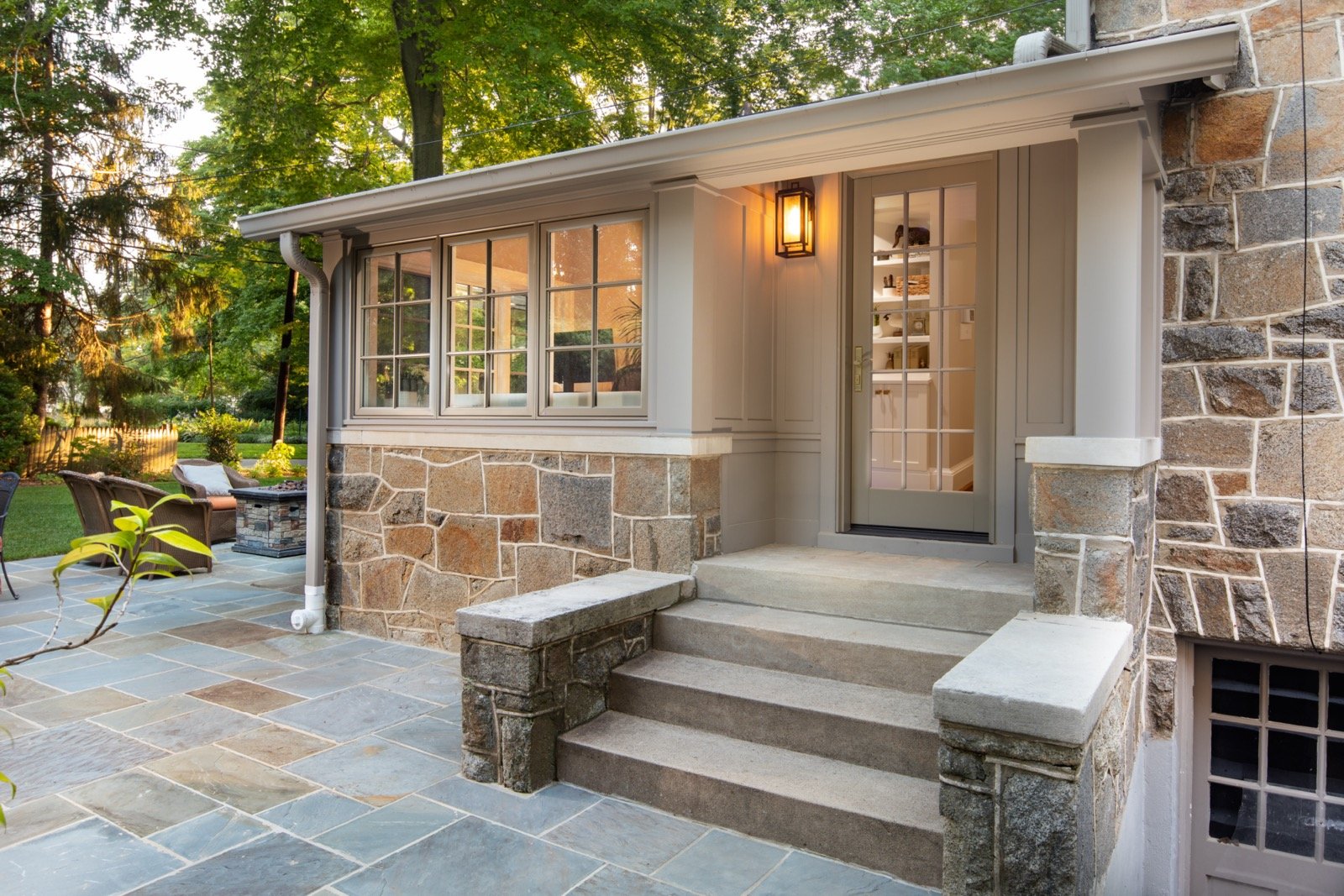
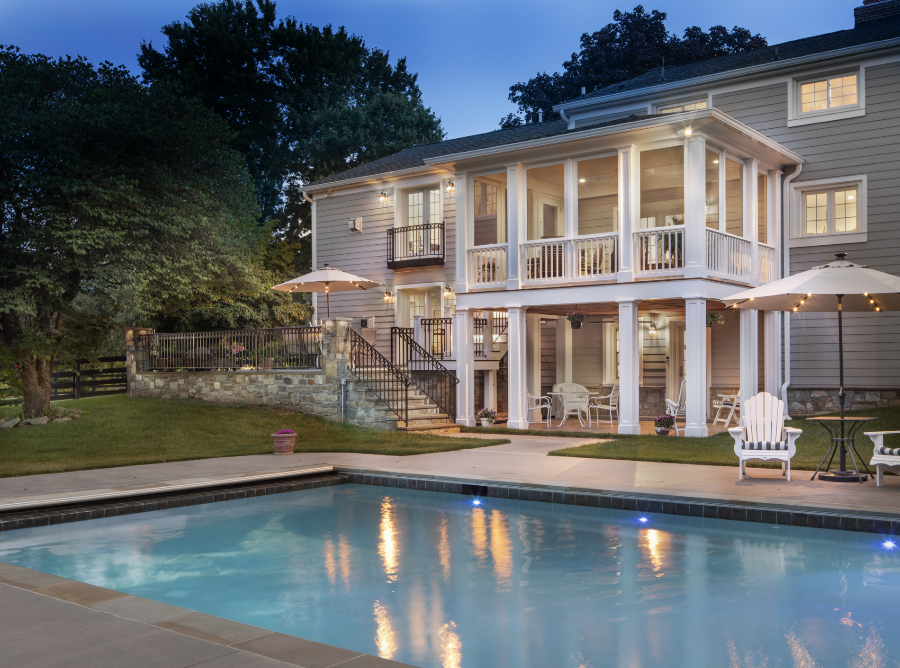
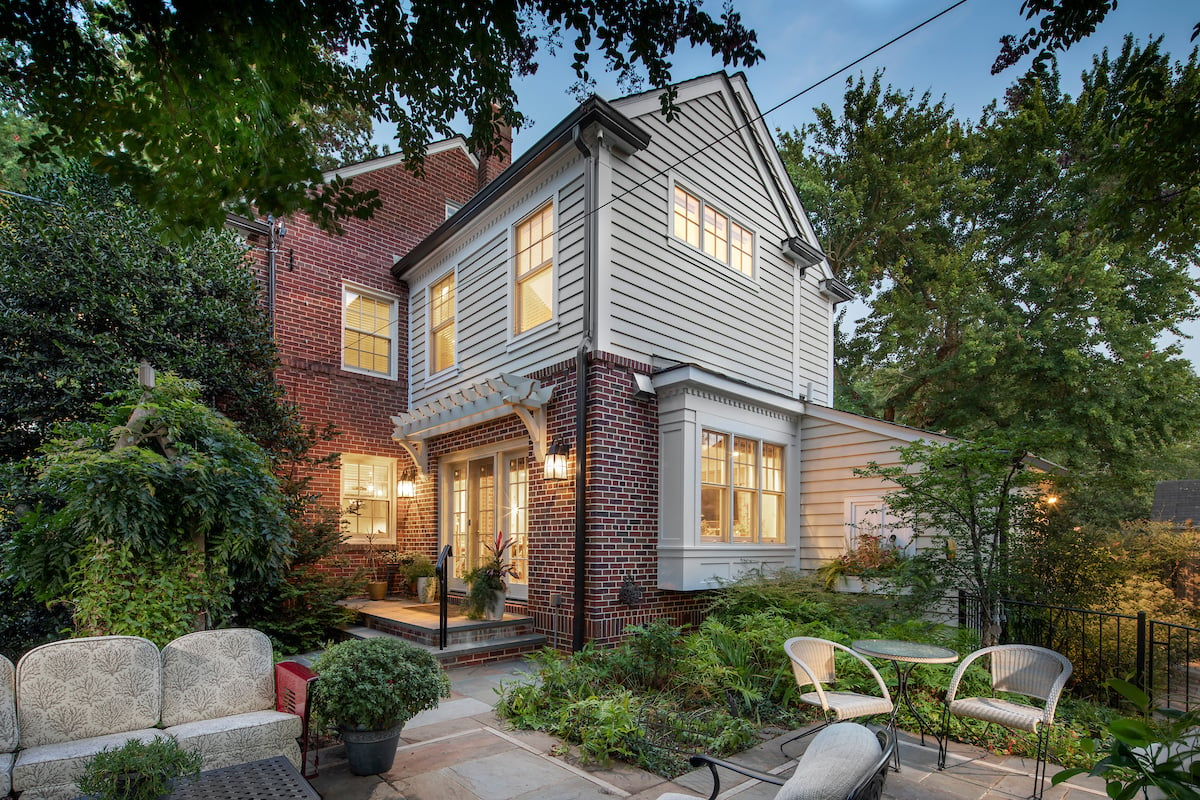
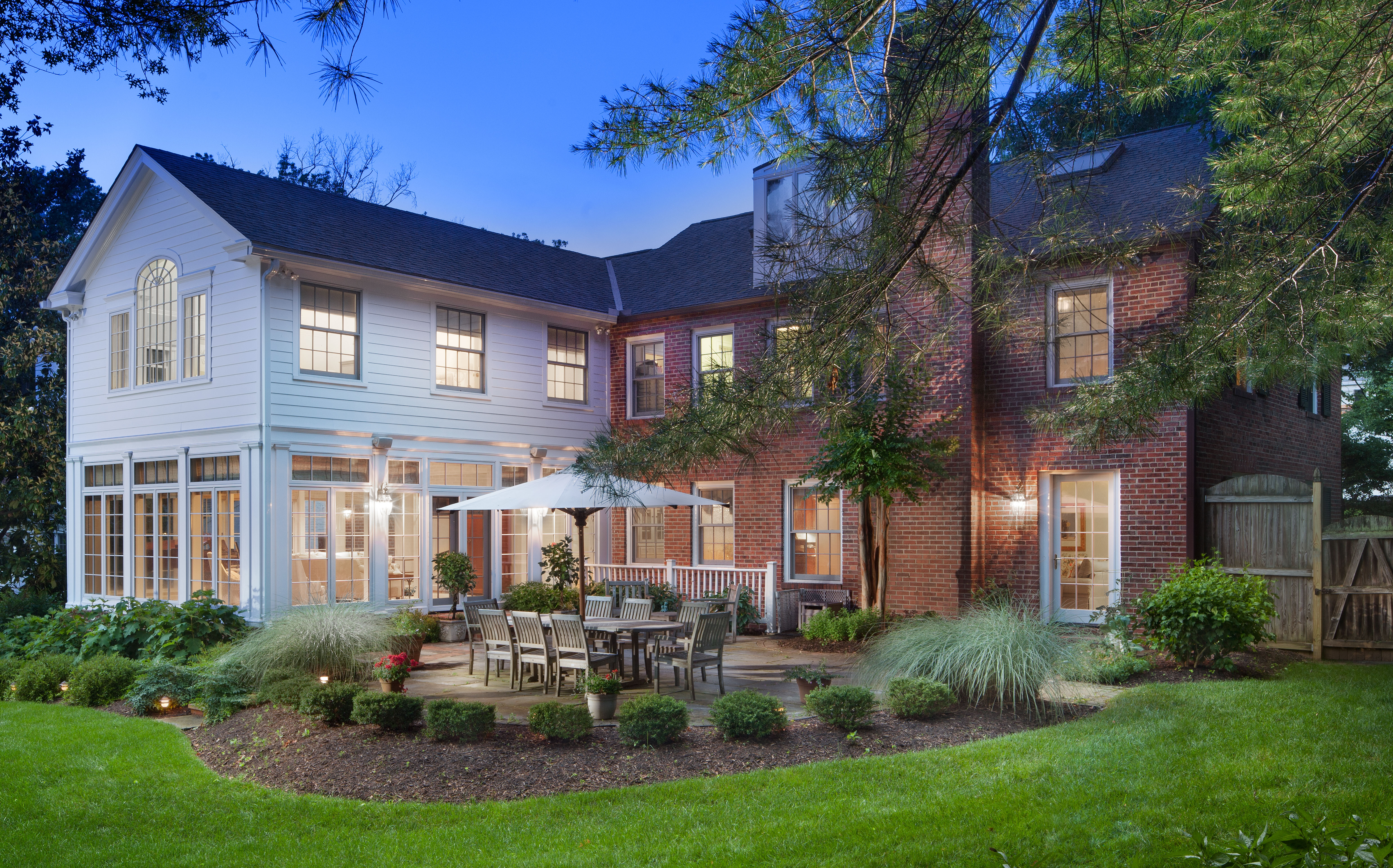
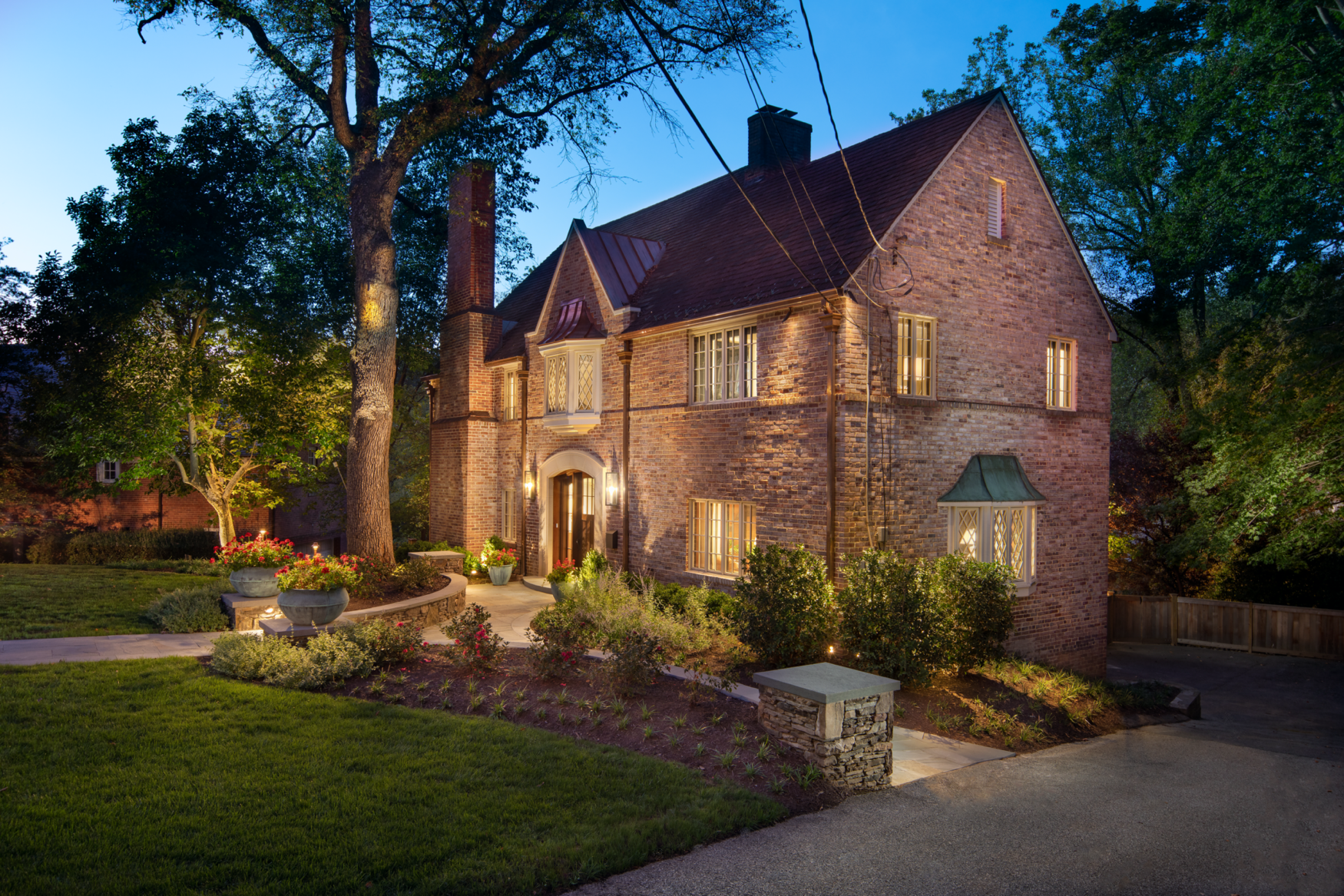
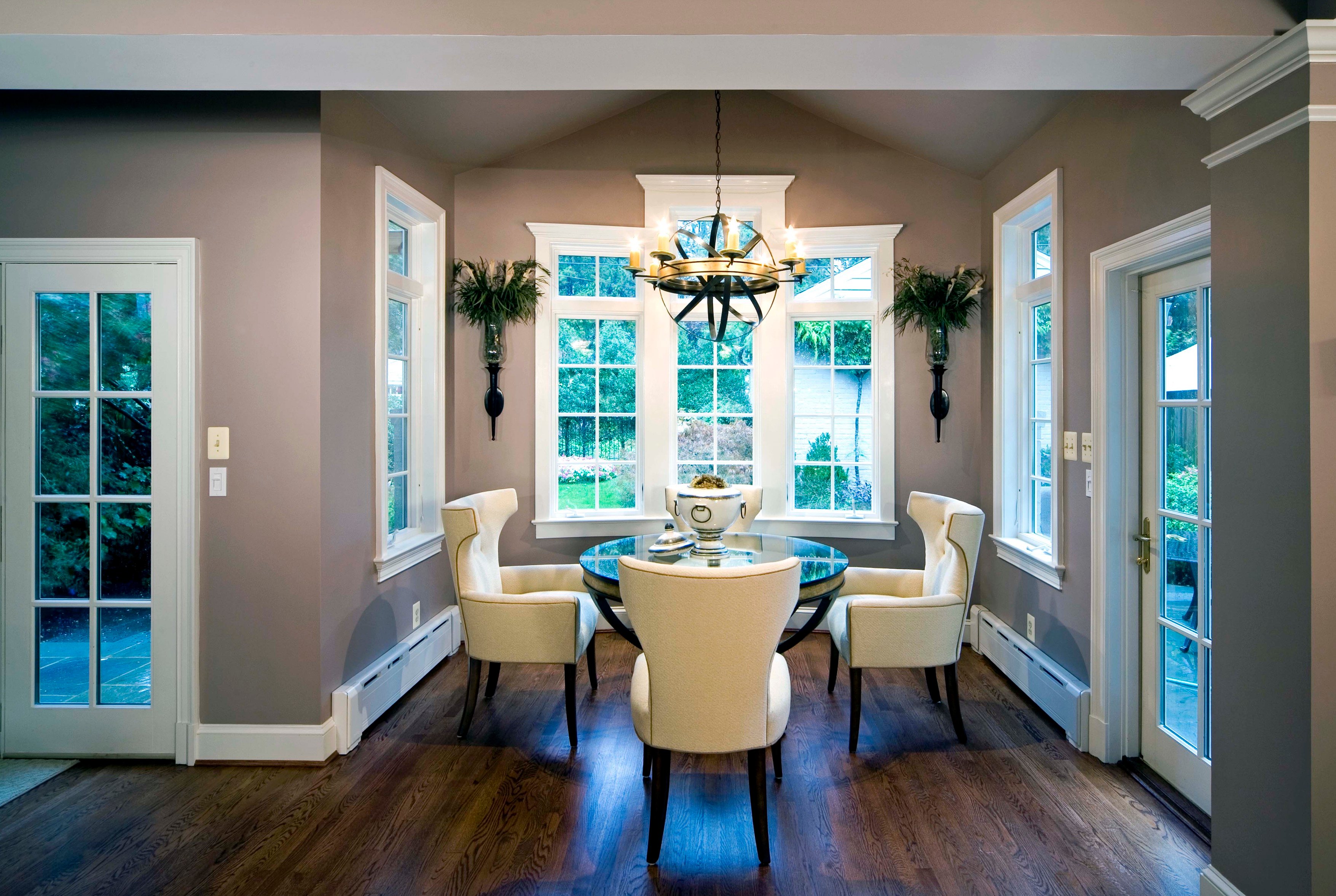
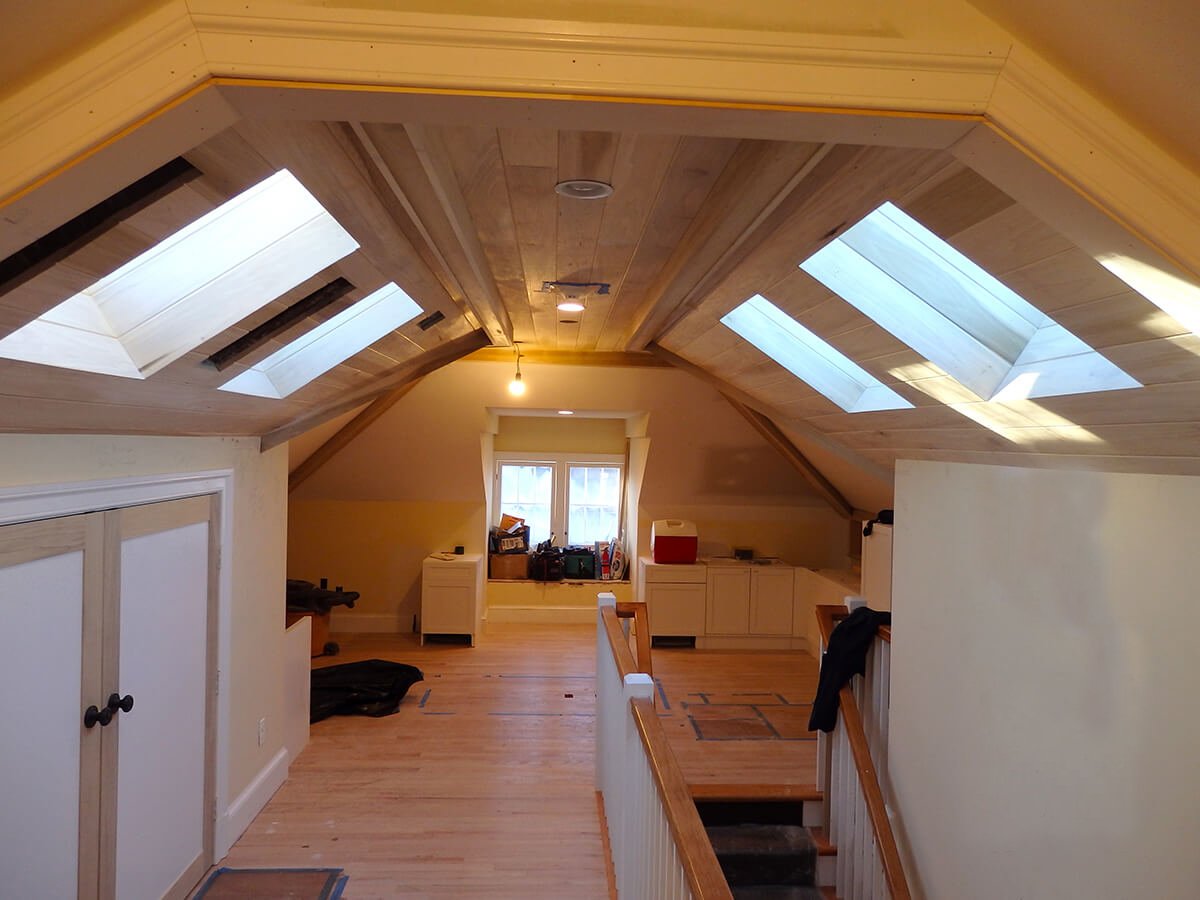
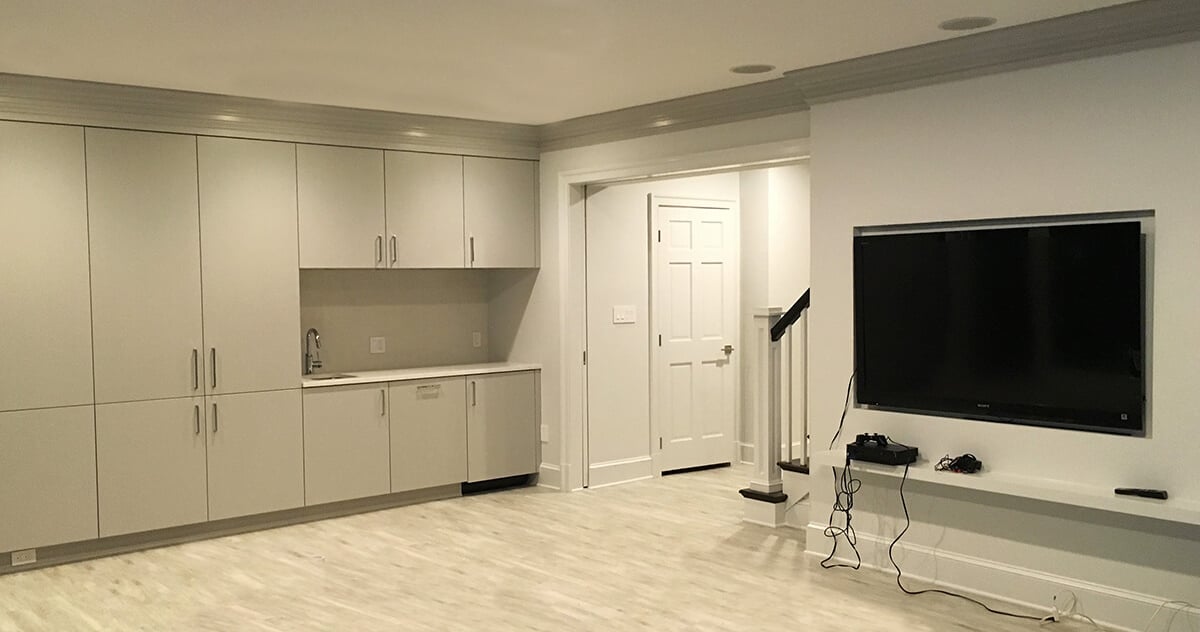
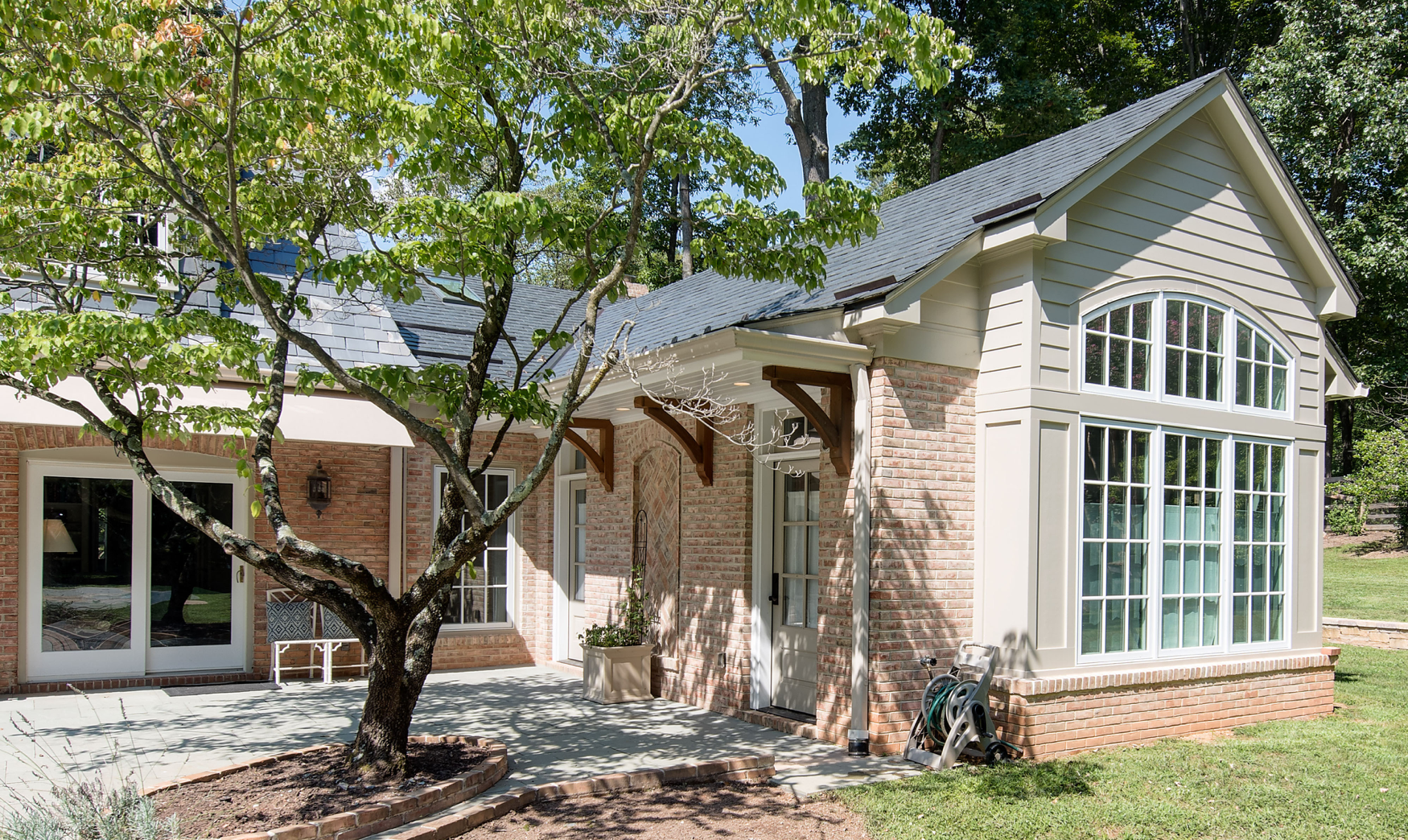
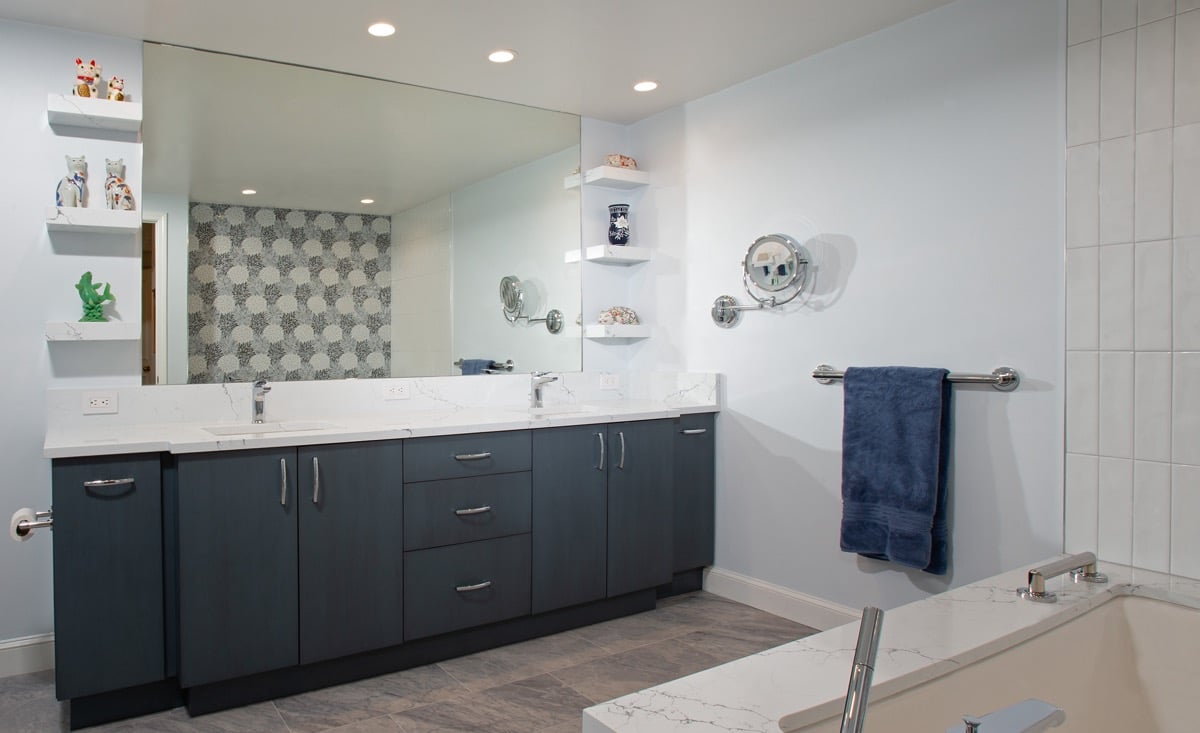
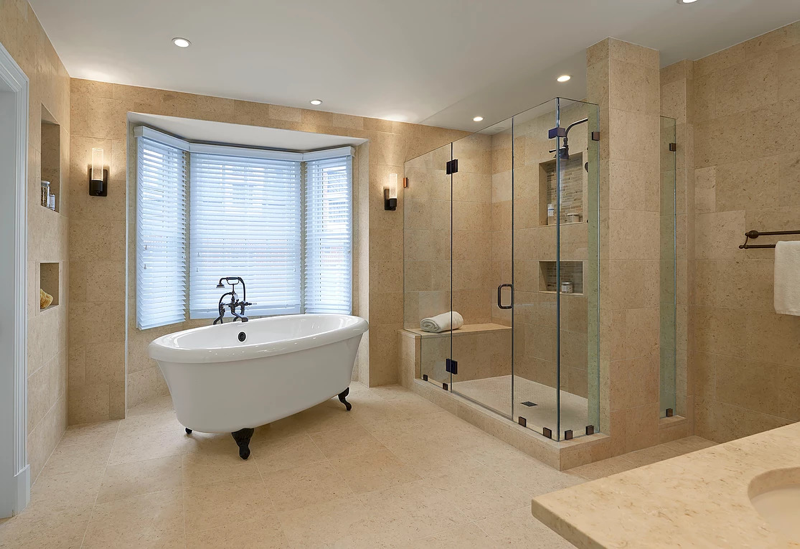
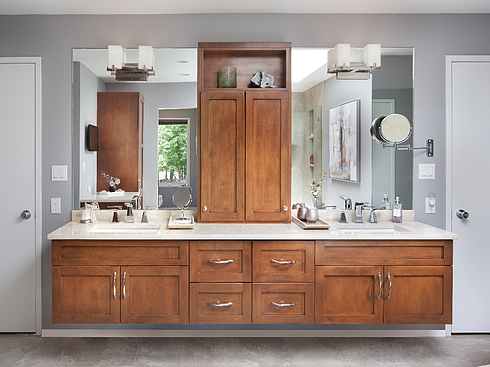
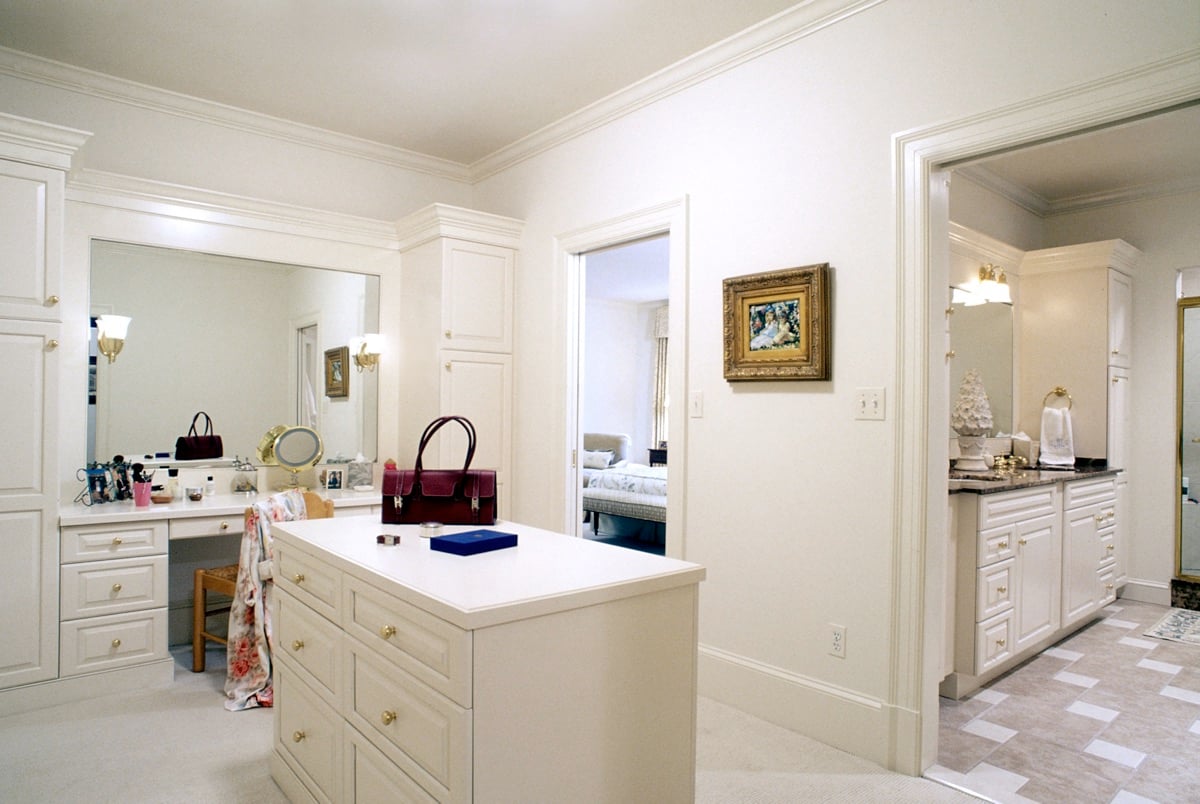
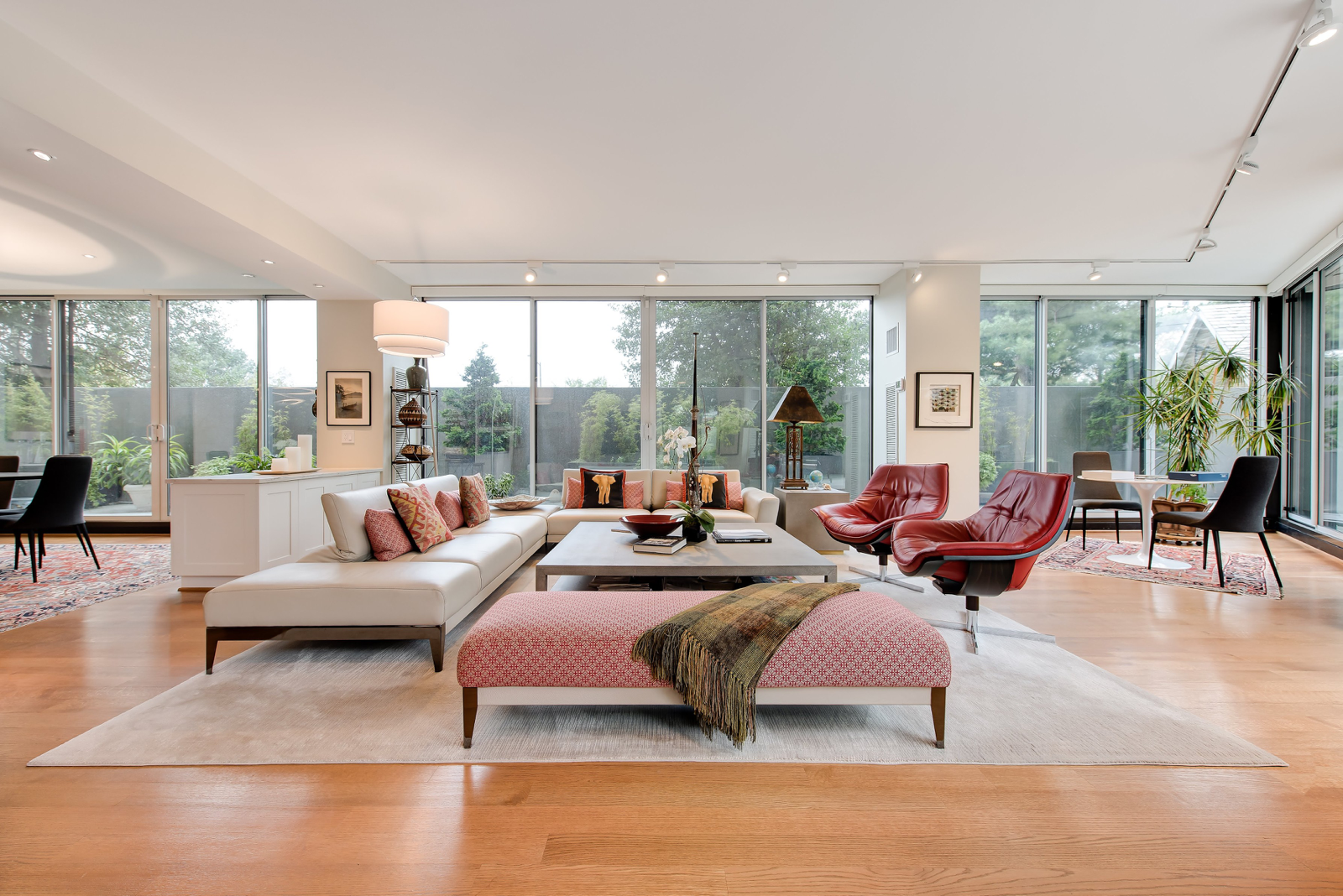
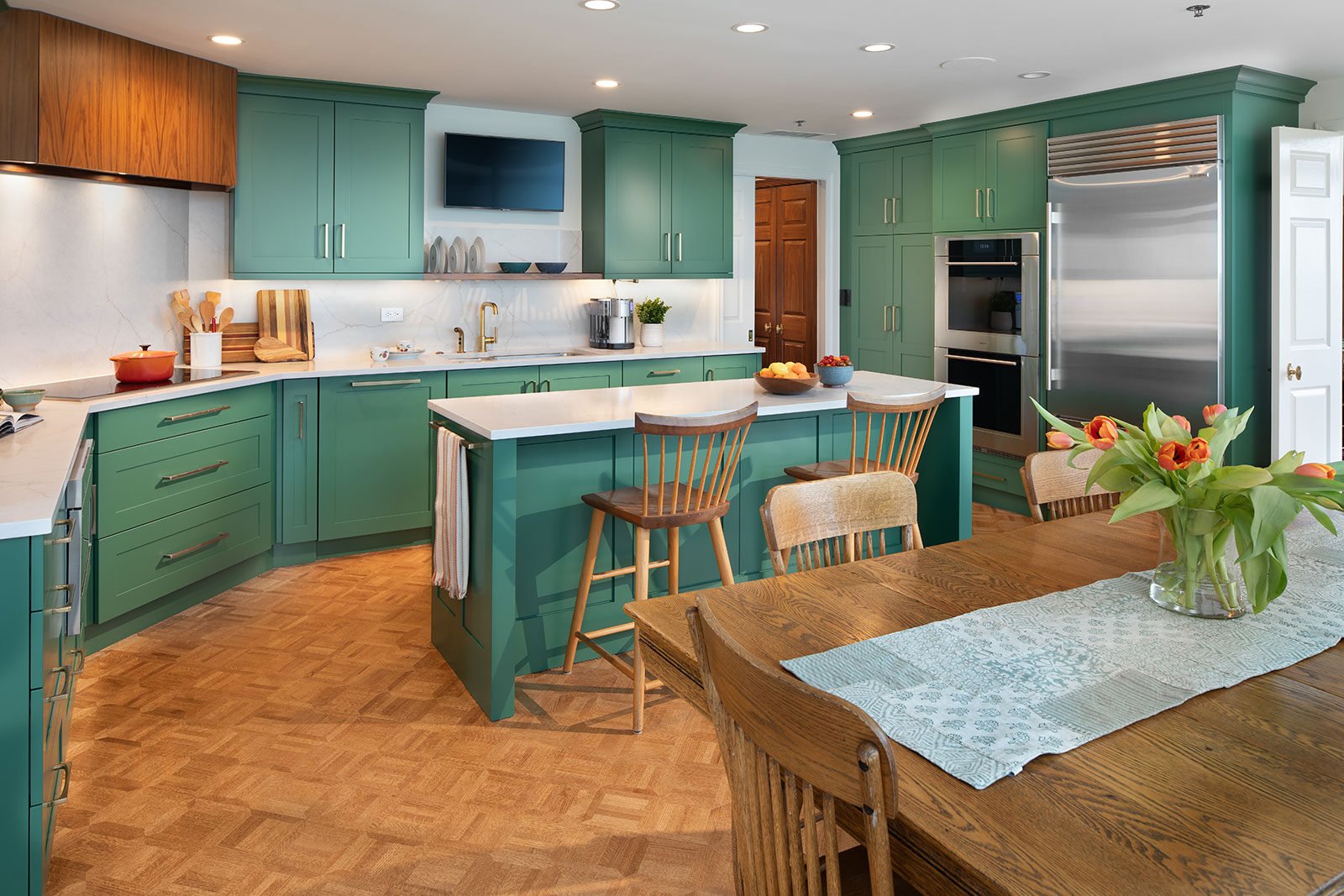
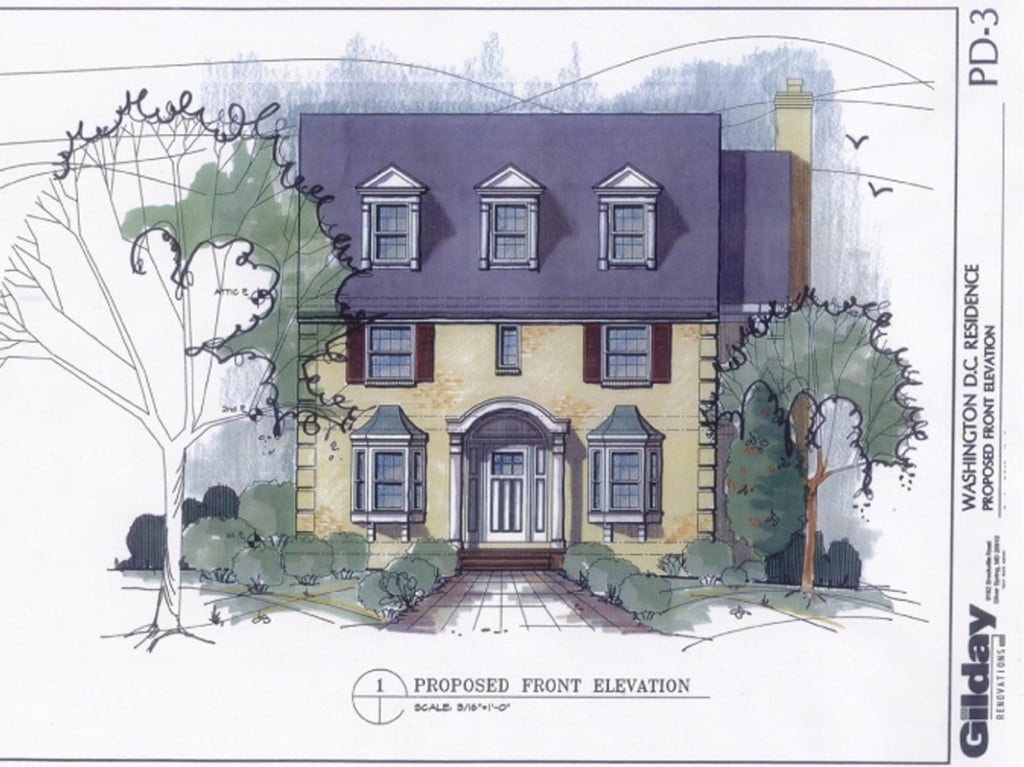
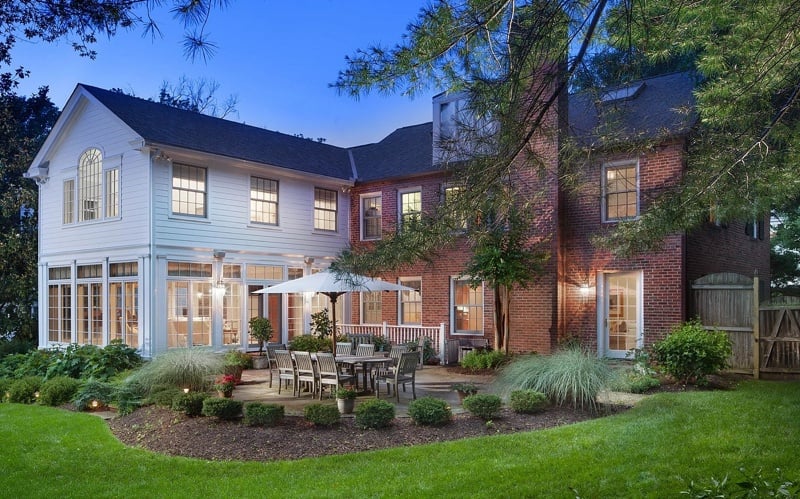
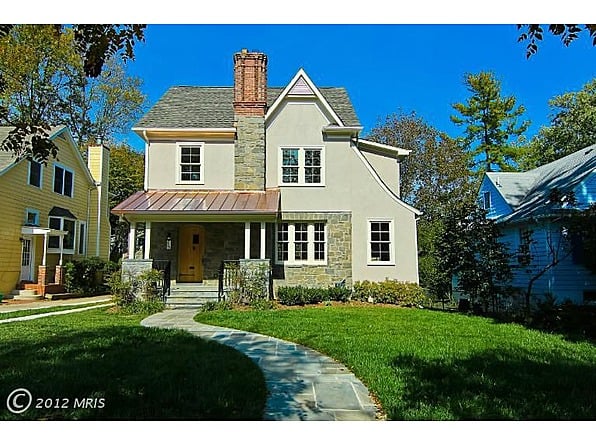
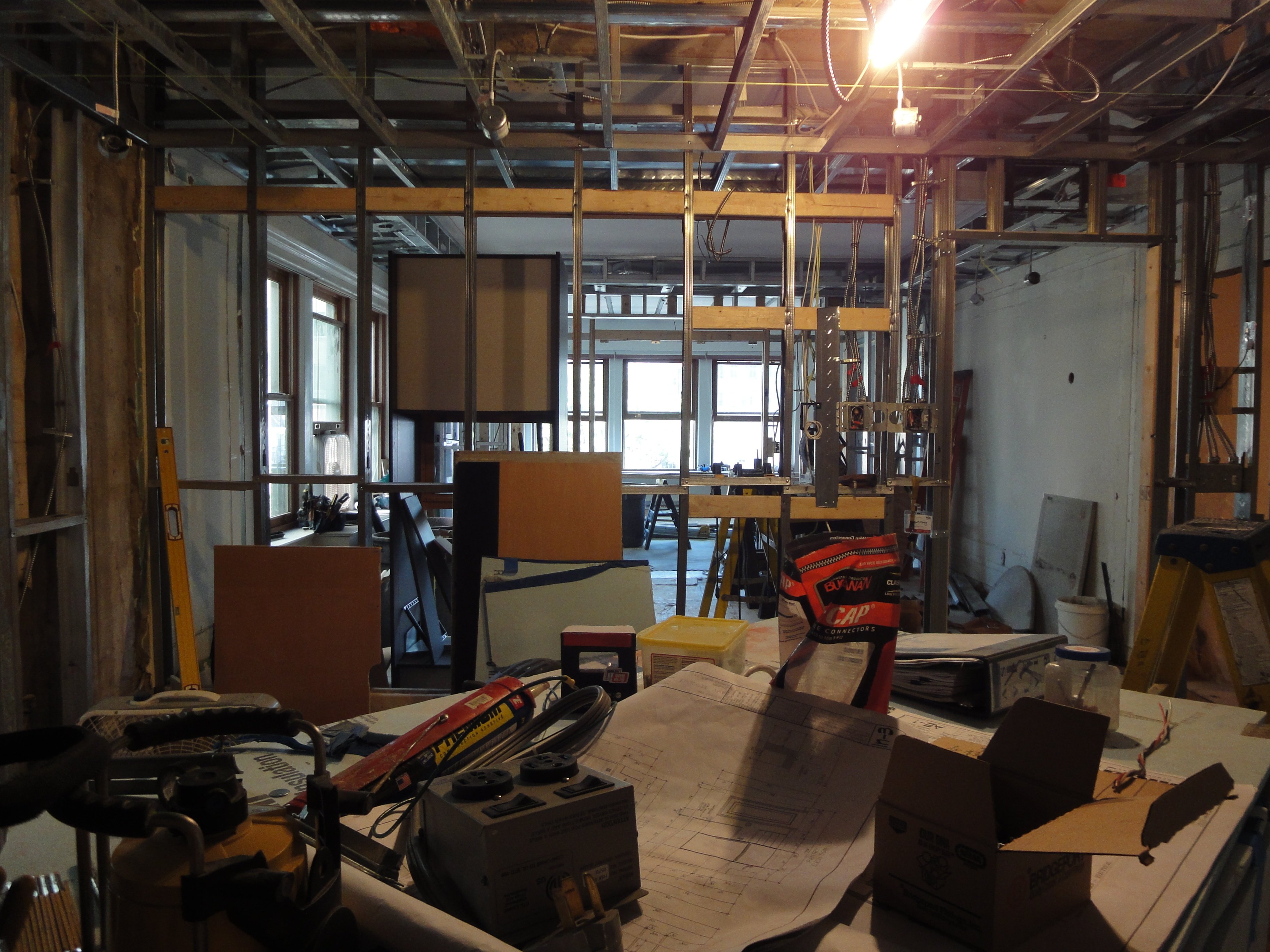
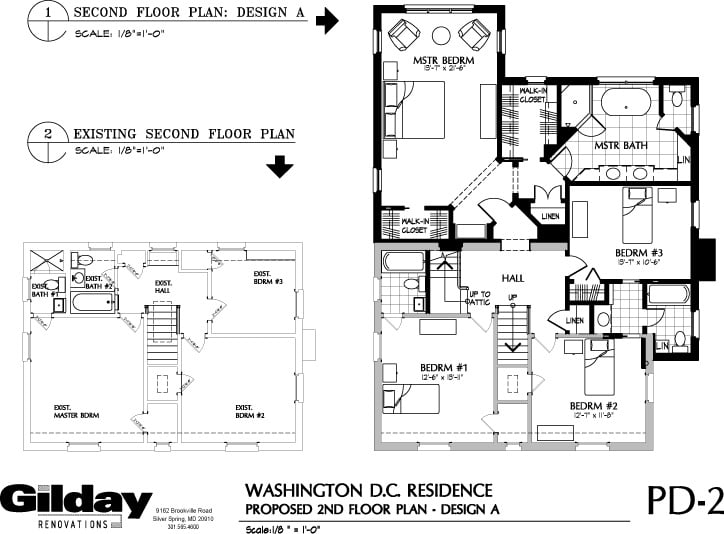
Leave a comment